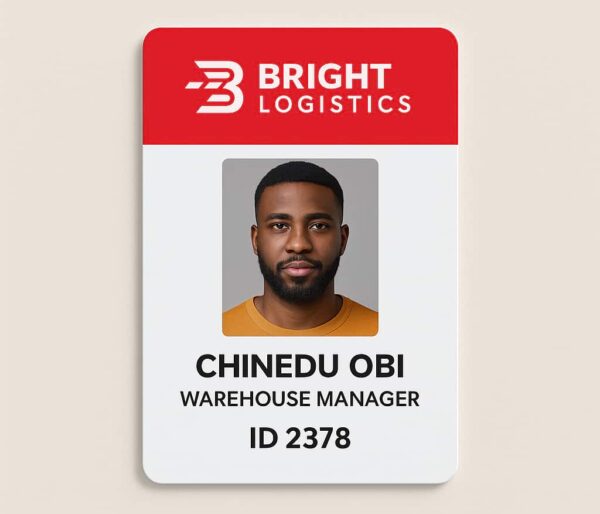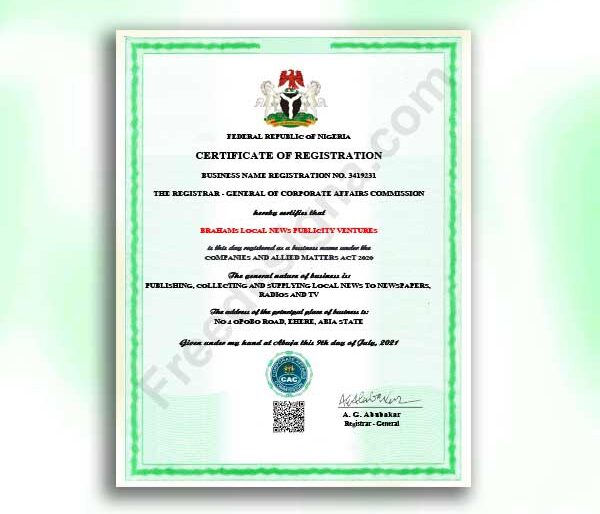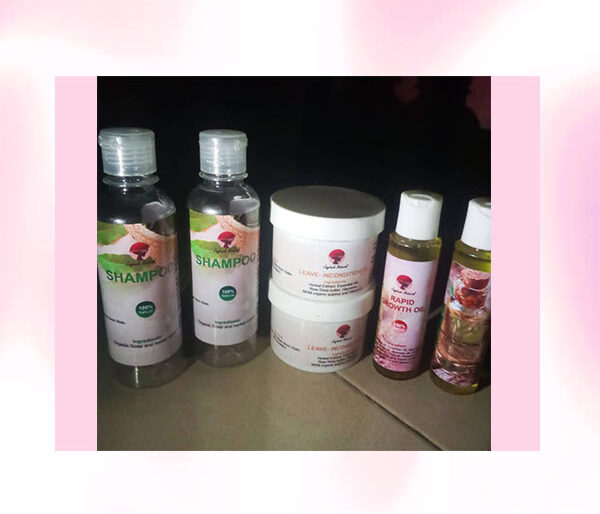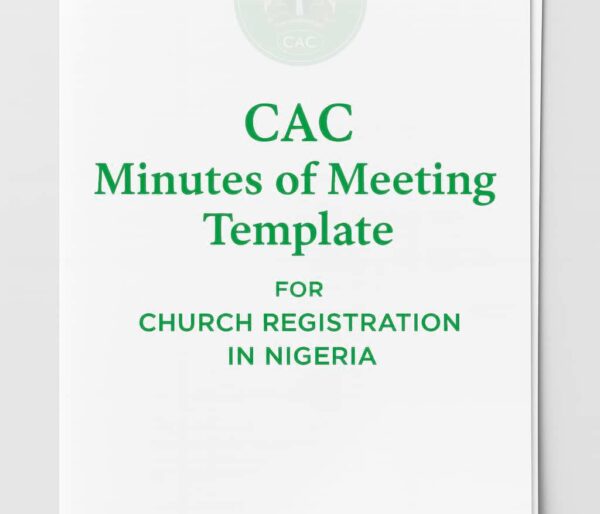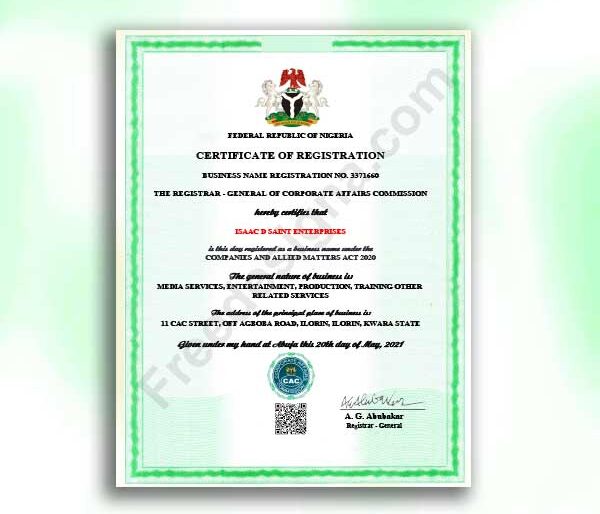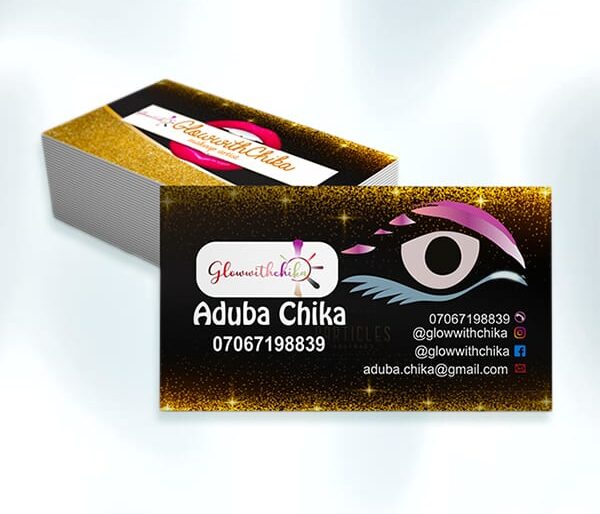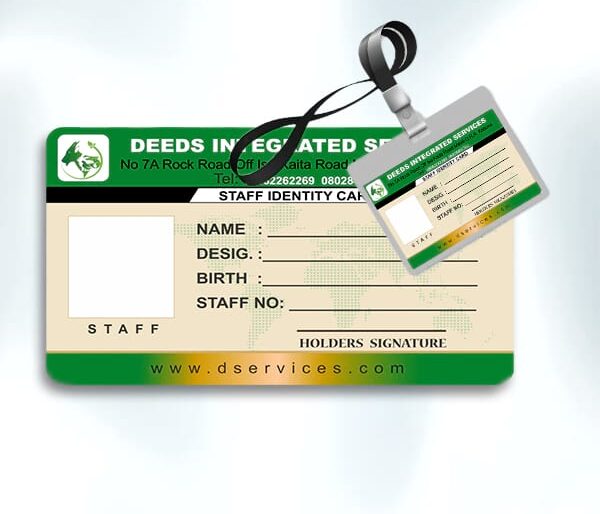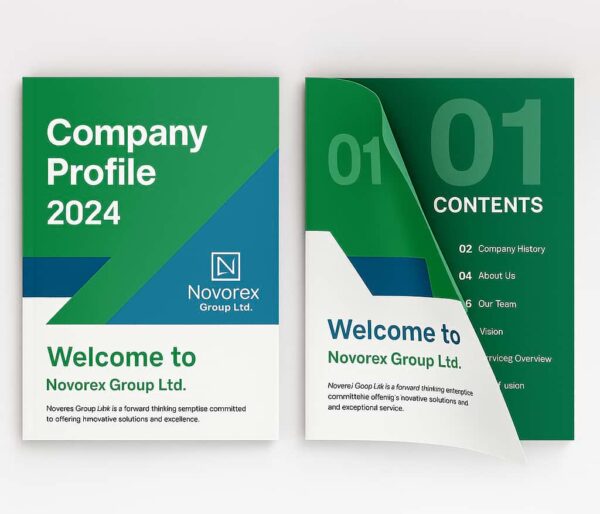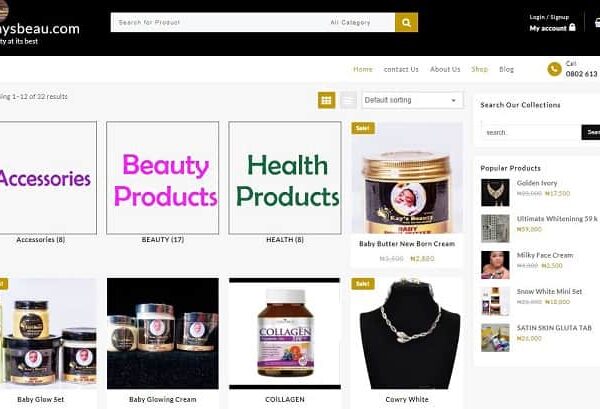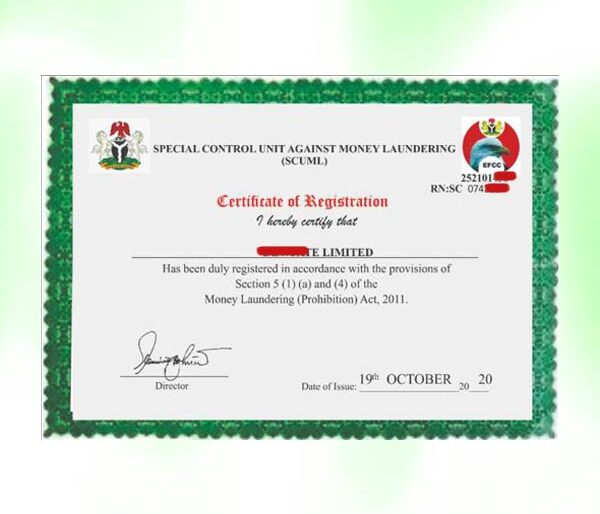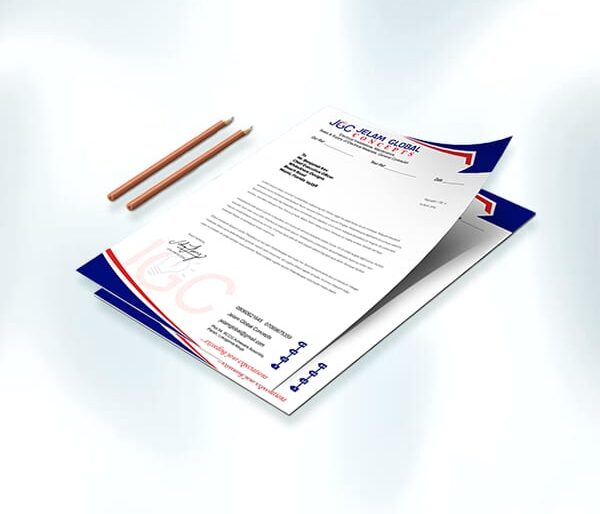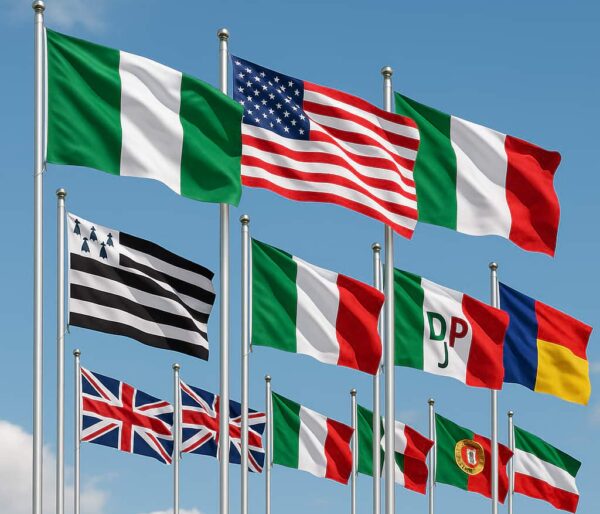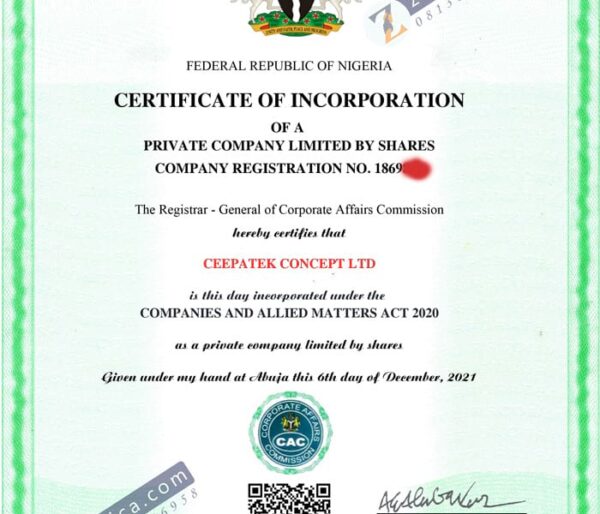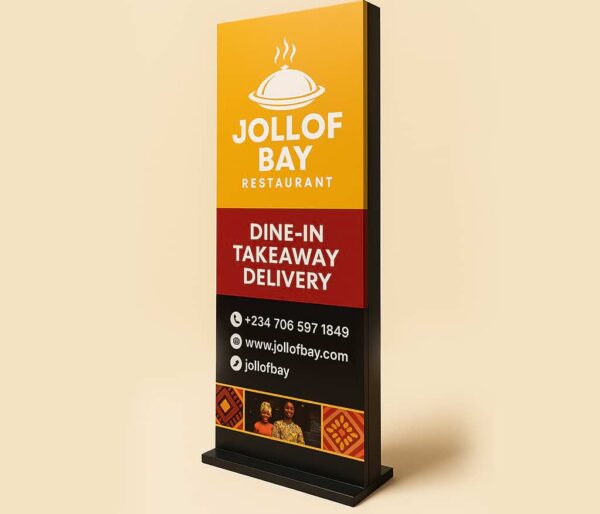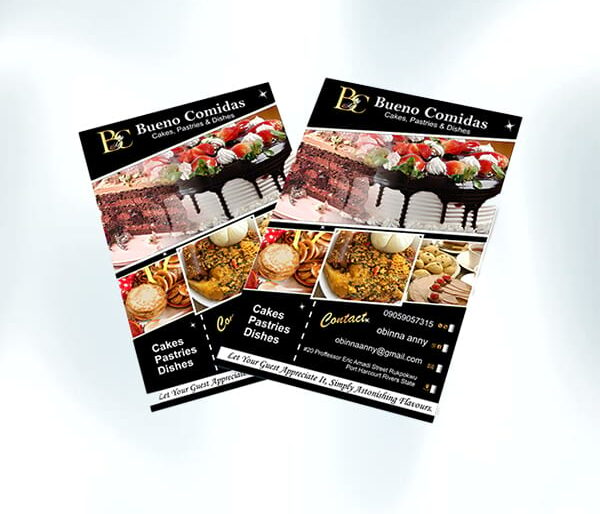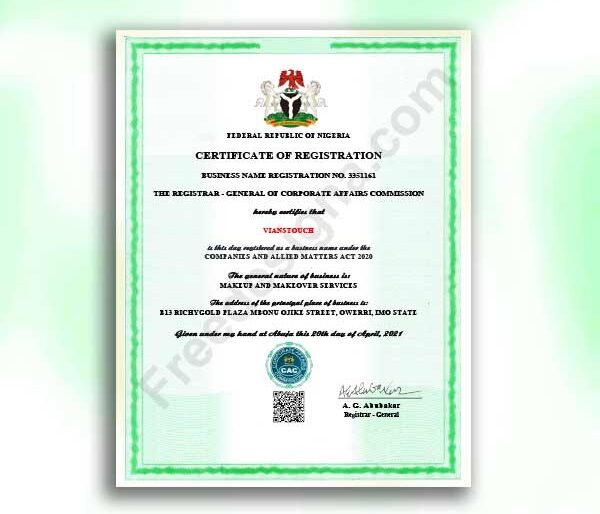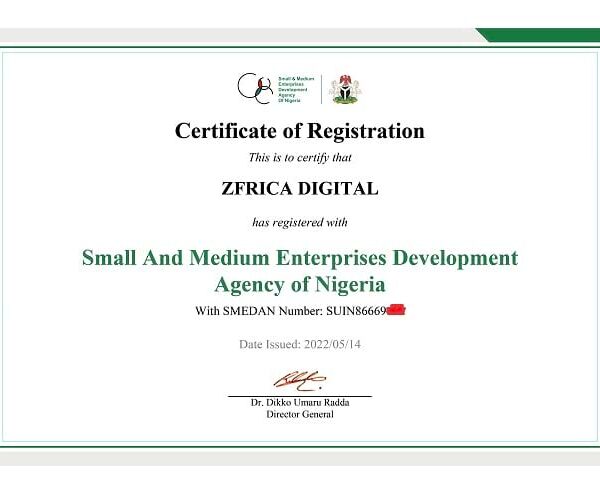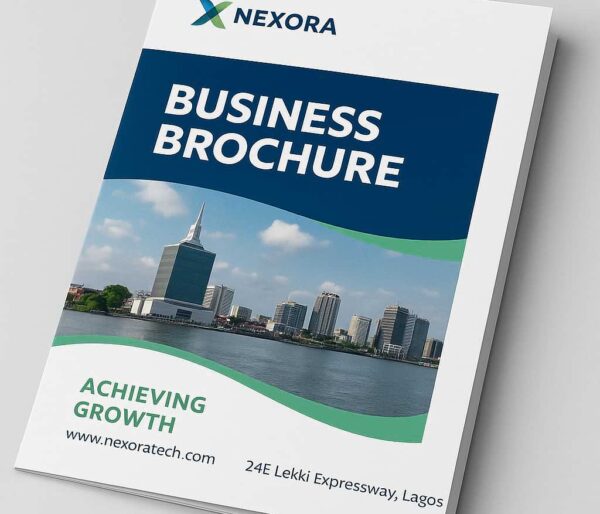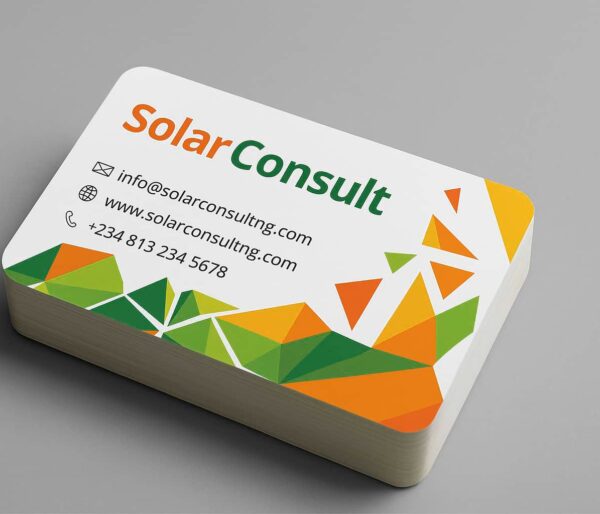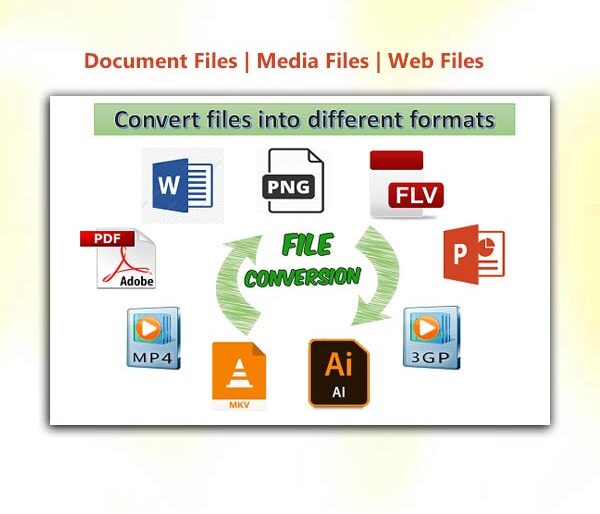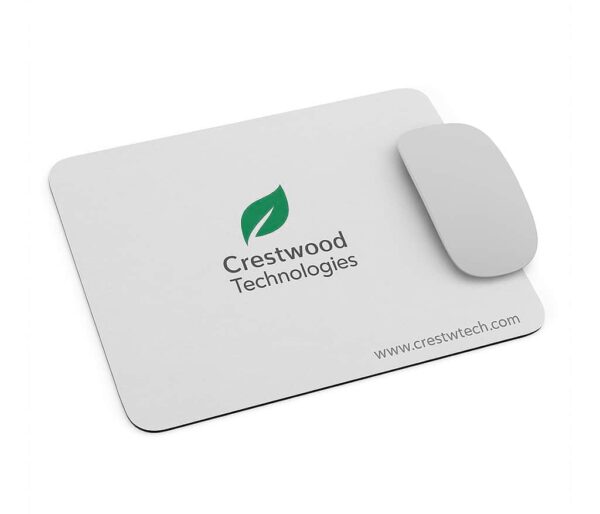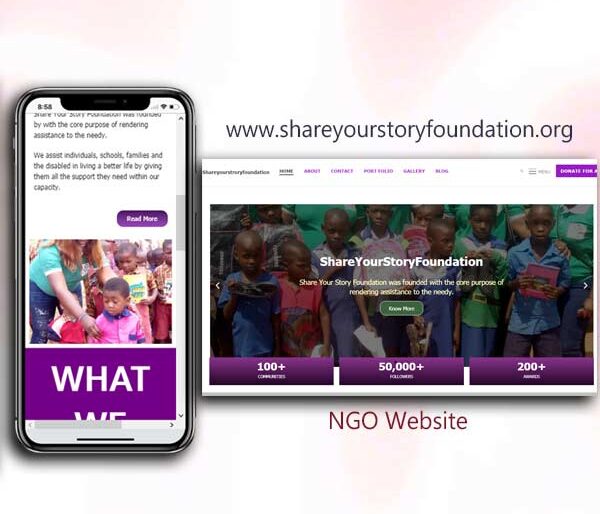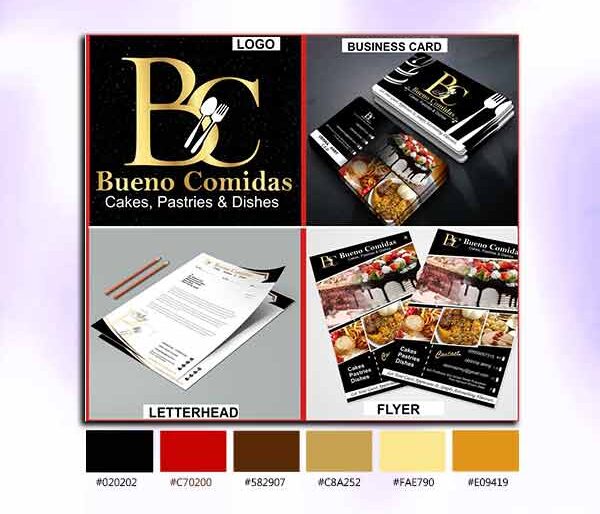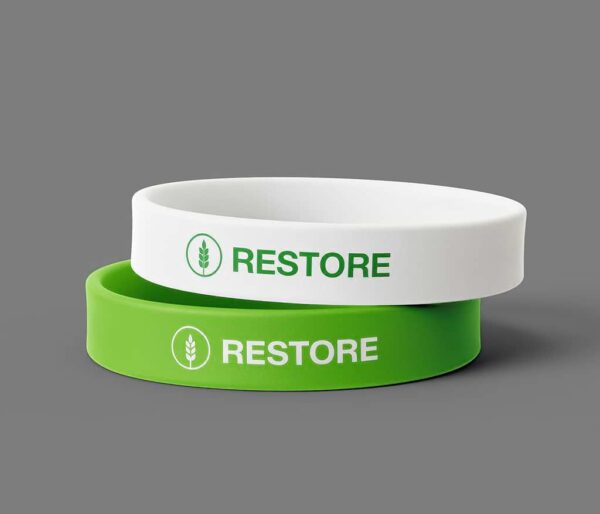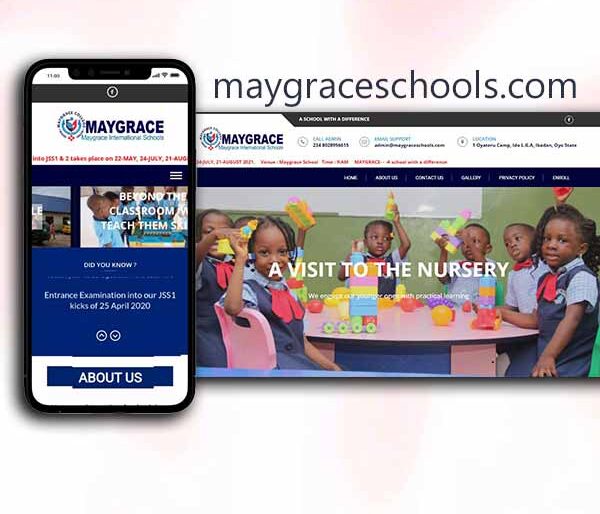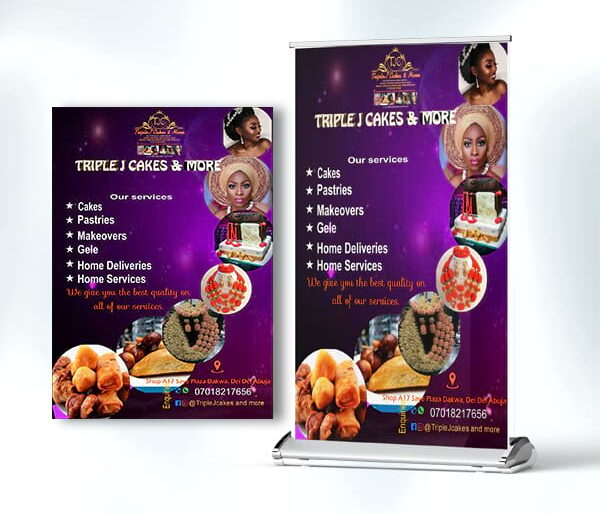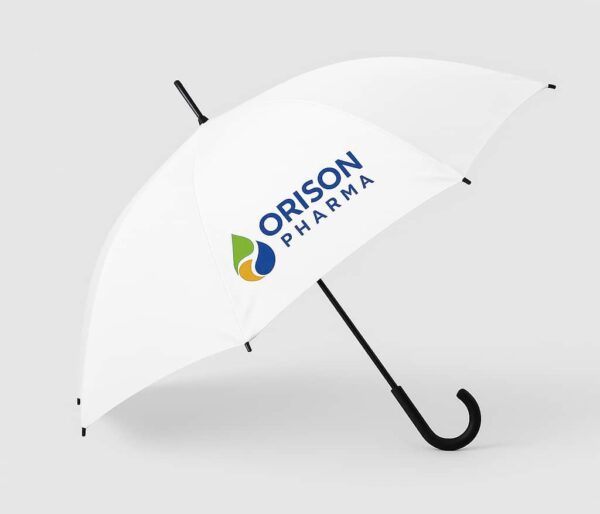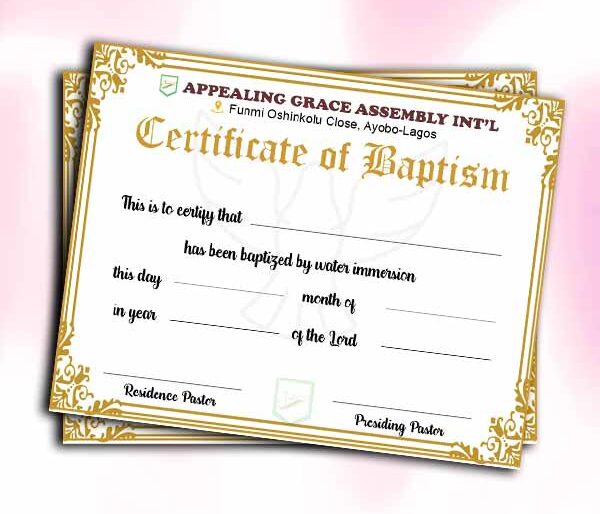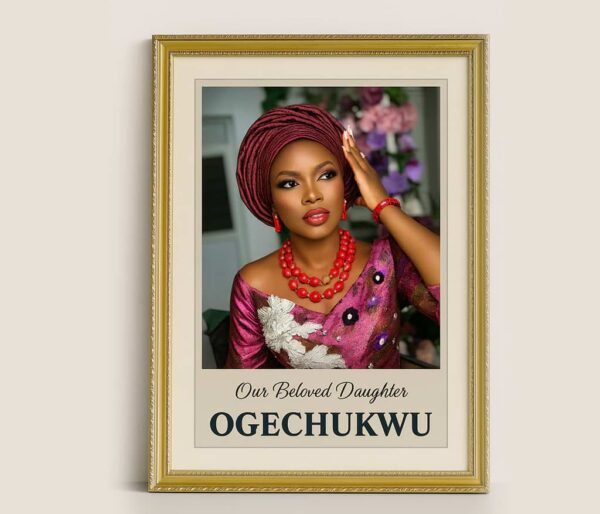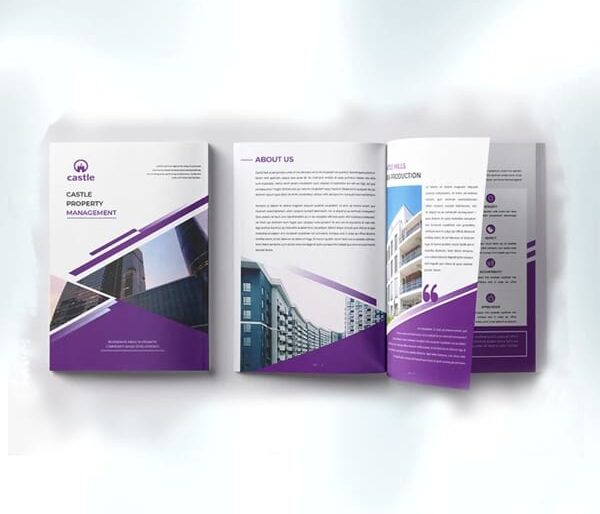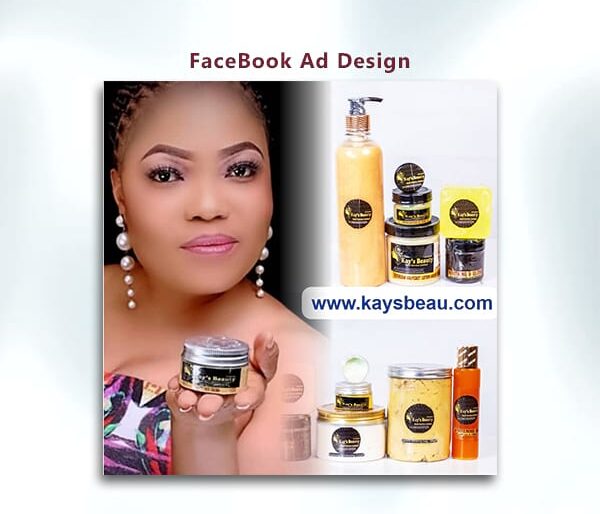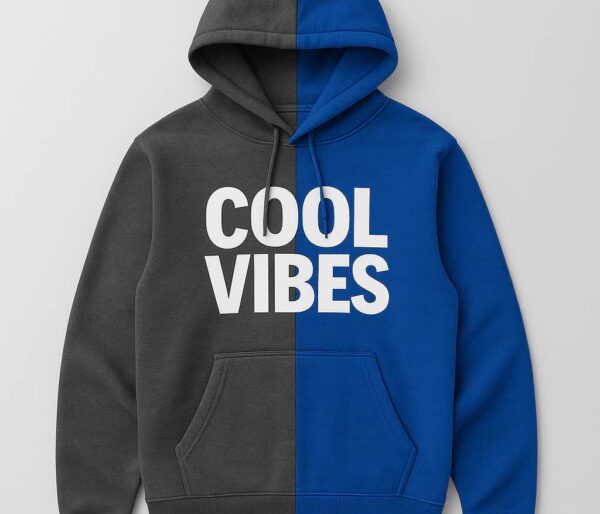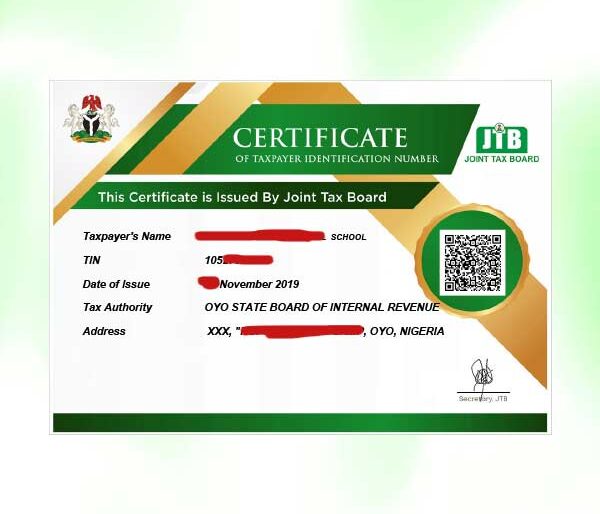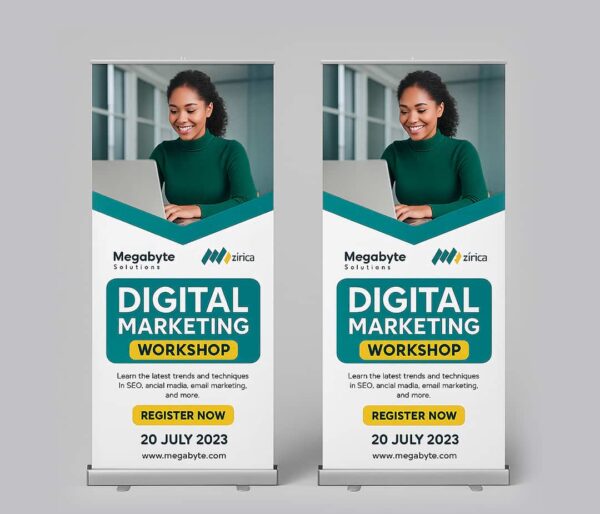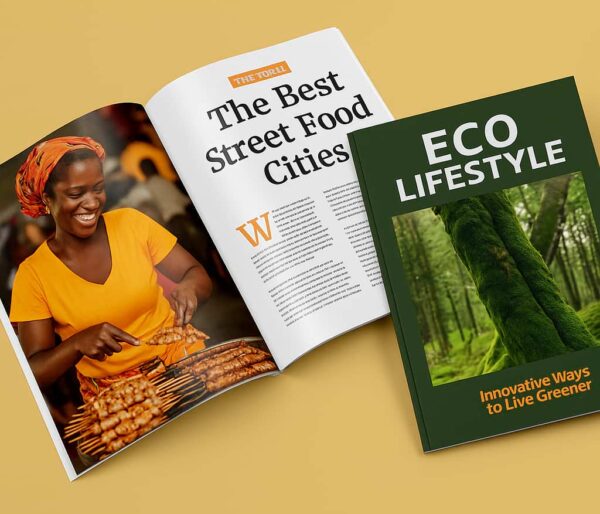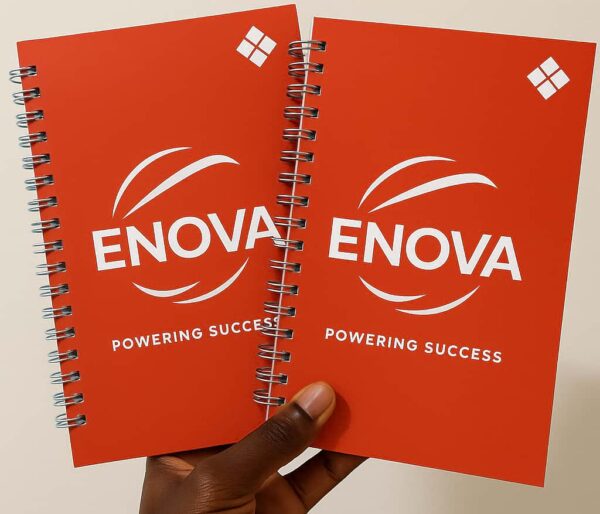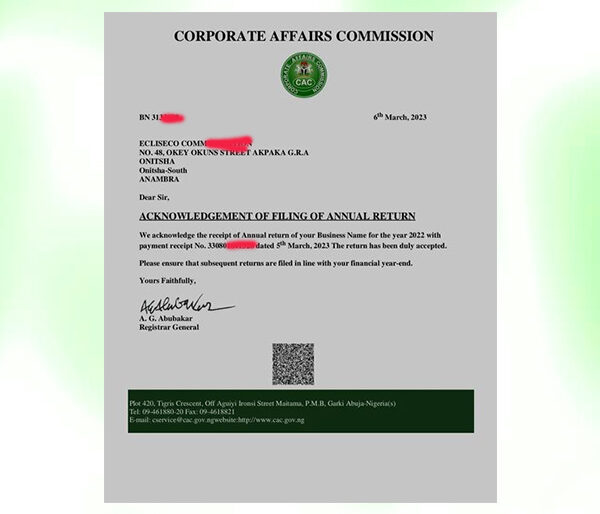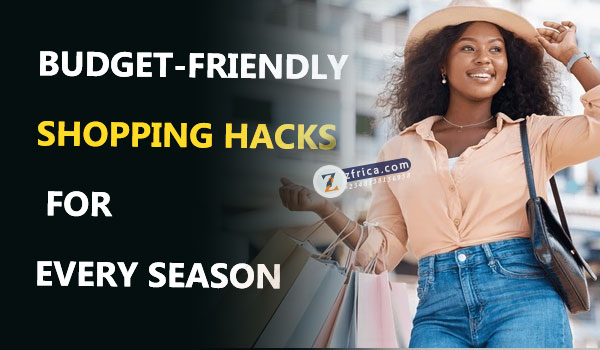
This guide explores the different social media platform (s) (Pros and Cons), to guide you, choose which one to use, to promote your business.
From Facebook’s extensive user base and effective advertisement, to Instagram’s visual focus suited for product showcasing, each platform serves a specific purpose. Twitter excels in real-time communication, while LinkedIn is key for professional networking and B2B marketing.
Understanding these platforms allows businesses to strategically target and engage their audience effectively.
Facebook, the behemoth of social media platforms, presents a fertile ground for businesses aiming to expand their digital footprint. With an extensive user base, it caters to a diverse audience, making it a versatile tool for various content types, from detailed posts and videos to engaging live streams.
Facebook Pros
Business Pages and Advertising: The first step for any business on Facebook is setting up a business page. This is more than just a profile; it’s a comprehensive platform offering extensive analytics and insights. Facebook’s sophisticated advertising system allows businesses to target specific demographics, interests, and behaviors, ensuring that your message reaches the right audience.
Our Top Selling Services
Engagement and Content Strategy: Facebook thrives on engagement. For businesses, this means creating content that resonates with your audience. Videos, especially live videos, have proven to be highly effective in capturing audience attention. Moreover, regular posts about company news, relevant articles, and behind-the-scenes insights can foster a sense of community and brand loyalty.
Customer Interaction: Facebook also serves as a valuable tool for customer service and feedback. Through comments, messenger, and posts, businesses can directly interact with their customers, addressing concerns and building relationships.
Building a Following: The key to success on Facebook lies in building a robust following. This is achieved by sharing content that is not only interesting but also shareable. Engagement drives visibility, so the more your content resonates with the audience, the more likely it is to be shared, thus increasing your reach.
Analytics and Insights: Utilizing Facebook’s analytics tools is crucial. These tools provide valuable data on post-performance, audience demographics, and engagement metrics, enabling businesses to refine their strategies and maximize the impact of their social media efforts.
Facebook Cons
Facebook gives more visibility on contents from personal accounts over business pages. This means that your organic reach might be limited, and you may need to pay for Facebook advertisement to increase visibility.
Twitter is renowned for its brevity and immediacy, making it an indispensable tool for businesses aiming to engage with their audience in real-time. Characterized by its limit of 280 characters per tweet, this platform is ideal for concise, impactful messages that grab attention quickly.
Twitter Pros
Engaging with Customers
Twitter excels in facilitating direct interaction between businesses and consumers. Companies can use Twitter for customer service, responding to queries and feedback swiftly. This real-time engagement fosters a sense of connection and attentiveness, enhancing customer loyalty.
We recommend this for you
Content Strategy
When it comes to content, Twitter demands creativity and relevance. Given its character limit, each tweet should be crafted to convey maximum impact with minimal words. Engaging visuals, compelling videos, and thought-provoking questions can boost interaction rates. The platform is also ideal for sharing quick updates, industry news, and insights.
Leveraging Hashtags
Hashtags play a pivotal role in Twitter’s ecosystem. They not only categorize content but also enhance discoverability. Businesses should utilize trending and industry-specific hashtags to increase the visibility of their tweets to relevant audiences.
Monitoring and Analytics
Have you Read this ?
Twitter provides businesses with tools to monitor their performance and understand audience behavior. Analytics offer insights into tweet reach, engagement rates, and follower growth, allowing businesses to fine-tune their strategies for optimal impact.
Twitter Cons
Twitters interface and user experience is not that welcoming for first time users. It will take you much longer time to acclimatize with how things work on twitter
LinkedIn, unlike the casual and creative nature of other social media platforms, stands as the quintessential professional networking site. It’s where industry professionals connect, share insights, and foster professional relationships, making it a goldmine for B2B businesses and those seeking to establish industry authority.
LinkedIn Pros
Why LinkedIn for Business?
- Networking and B2B Marketing: With over 700 million professionals, LinkedIn is the social media platform to use to promote business amongst industry leaders. If your business operates in the B2B sector or aims to attract professionals, LinkedIn is your go-to platform.
- Content That Educates and Informs: The platform is a hub for sharing industry news, insightful articles, and professional achievements. By posting thought leadership articles or company updates, businesses can enhance their brand credibility and authority.
- Recruitment and Talent Acquisition: LinkedIn’s robust job listing and recruitment features make it an invaluable tool for businesses looking to attract top talent.
How to Leverage LinkedIn for Your Business
- Create a Robust Company Page: Your company’s LinkedIn page is a reflection of your brand in the professional realm. Ensure it’s complete with all the necessary information — company background, services, and key achievements.
- Engage with Content: Regularly post articles, company news, and industry insights. This content should aim to educate your audience and offer value, rather than just selling your services.
- Utilize LinkedIn Ads: LinkedIn offers targeted advertising solutions that can help you reach a more specific audience, from industry professionals to decision-makers in specific fields.
- Join and Participate in Groups: Engaging in LinkedIn groups related to your industry can increase your visibility and help establish your business as a knowledgeable and active member of your industry.
LinkedIn Insights and Metrics
- Keep an eye on the analytics. LinkedIn provides detailed metrics about the performance of your posts and the engagement on your page. This data is crucial for refining your strategy and content to better suit your audience.
LinkedIn Cons
Because activities on LinkedIn sort of compels their users to wear a professional look, things can get overhyped. That implies you may want to follow suit to catch up.
Snapchat
Snapchat, renowned for its unique appeal to a younger audience, offers businesses a dynamic platform for engaging with millennials and Gen Z. Characterized by its ephemeral content, Snapchat is the go-to for sharing quick, engaging visuals that last up to 24 hours. This platform is particularly effective for businesses targeting a youthful demographic, making it a prime choice for brands looking to establish a hip, trendy image.
The core feature of Snapchat, allowing users to send photos and videos (known as Snaps) that disappear after being viewed, presents a unique opportunity for businesses. You can use this to your advantage by creating a sense of urgency and exclusivity with time-sensitive promotions or sneak peeks of new products. This approach encourages quick action from your audience and can drive significant engagement.
Moreover, Snapchat’s Story feature, where content is visible for 24 hours, is perfect for behind-the-scenes glimpses, showcasing the human side of your business. This can include day-to-day operations, special events, or employee spotlights, helping to build a more personal connection with your audience.
Snapchat also provides paid advertising options, such as sponsored lenses and geofilters, which can be highly effective for local marketing and brand awareness campaigns. These interactive elements not only enhance user experience but also encourage them to share content with their networks, expanding your reach organically.
TikTok
In the evolving world of social media, TikTok has emerged as a powerhouse, especially among the younger demographics. This platform, known for its short-form video content, has transcended beyond mere entertainment, presenting unique opportunities for businesses to connect with audiences in an engaging and creative manner.
TikTok Pros
Why TikTok?
It’s not just about the sheer number of users, which is impressive, but also about the way content is consumed and shared. Videos on TikTok have a remarkable ability to go viral, offering businesses a chance to reach a wider audience with minimal effort. The key here is creativity and relatability.
For businesses, TikTok can be a game-changer in terms of marketing and brand visibility. It’s an excellent platform for launching new products or services with a bang. Imagine showcasing your product in a 15-second clip that gets shared across continents. The potential reach is enormous.
But it’s not all about direct promotion. The beauty of TikTok lies in its community-driven content. Businesses can tap into trends, challenges, and user-generated content to build a rapport with their audience. This approach not only enhances brand visibility but also fosters a sense of community and loyalty among users.
In conclusion, TikTok offers a fresh, dynamic, and highly interactive social media platform to use to promote your business.. With its growing popularity and unique content style, TikTok is undoubtedly a valuable addition to any business’s social media strategy.
TikTok Cons.
TikTok is strictly a video based social media platform, which means, you can’t just post text or show off your business with pictures alone
YouTube
YouTube stands as the undisputed king of video content, boasting an extensive user base that spans across diverse demographics. This platform offers an unparalleled opportunity for businesses to engage with their audience through a variety of video formats, ranging from short clips to longer, in-depth presentations.
How Your Business Can Leverage YouTube
- Showcasing Products and Services: YouTube is an ideal platform for demonstrating your products or services. Through how-to videos, tutorials, or product launches, you can provide valuable information while showcasing the benefits and features of what you offer.
- Brand Storytelling: This platform is perfect for telling your brand’s story. Share your journey, the challenges you’ve faced, and the successes you’ve achieved. This not only humanizes your brand but also builds a deeper connection with your audience.
- Educational and Informative Content: Use YouTube to educate your audience about your industry. This can include webinars, expert interviews, and explainer videos that position your brand as a thought leader in your field.
- Customer Engagement: Engage with your customers by responding to comments, creating community posts, and even hosting live Q&A sessions. This direct interaction builds trust and loyalty among your viewers.
- SEO Benefits: YouTube videos often rank well in Google search results. By optimizing your video titles, descriptions, and tags with relevant keywords, you can drive more organic traffic to your content.
- Analytics for Strategy Refinement: YouTube provides comprehensive analytics, allowing you to track viewer demographics, watch time, and engagement metrics. This data is crucial for refining your content strategy and improving future video performance.
Choosing the Right Platform for Your Business
Choosing the right social media platform to use to promote your business is a thoughtful process that demands a keen understanding of both your business and your audience.. Here’s how to make that crucial choice:
- Know Your Audience: Different platforms cater to different demographics. For instance, if your target market skews younger, platforms like TikTok or Snapchat might be more appropriate, whereas LinkedIn is ideal for a professional, business-oriented audience.
- Align with Your Content Type: Each platform has its strengths. Instagram excels in visual storytelling, making them perfect for businesses with strong visual elements like fashion, food, or interior design. On the other hand, if your strength lies in creating compelling articles or professional content, LinkedIn or Twitter might be more suitable.
- Consider Your Goals: What do you want to achieve through social media? Brand awareness, lead generation, customer service, or community building? Platforms like Facebook and Twitter are excellent for community engagement and customer service, while Instagram can be powerful tools for brand visibility and showcasing products.
- Trial and Experiment: Don’t be afraid to experiment. You might start with one or two platforms and expand as you understand what works best for your business. Pay attention to engagement metrics and audience feedback to refine your strategy.
Conclusion:
Selecting the right social media platform to promote your business is crucial for your business’s online success. Focus on where your audience is most active and choose platforms that align with your content style and business objectives. Quality over quantity is key; prioritize engagement on a few relevant platforms rather than spreading too thin across many. Stay adaptable to changes in the social media landscape to keep your strategy effective and your business connected with its audience

